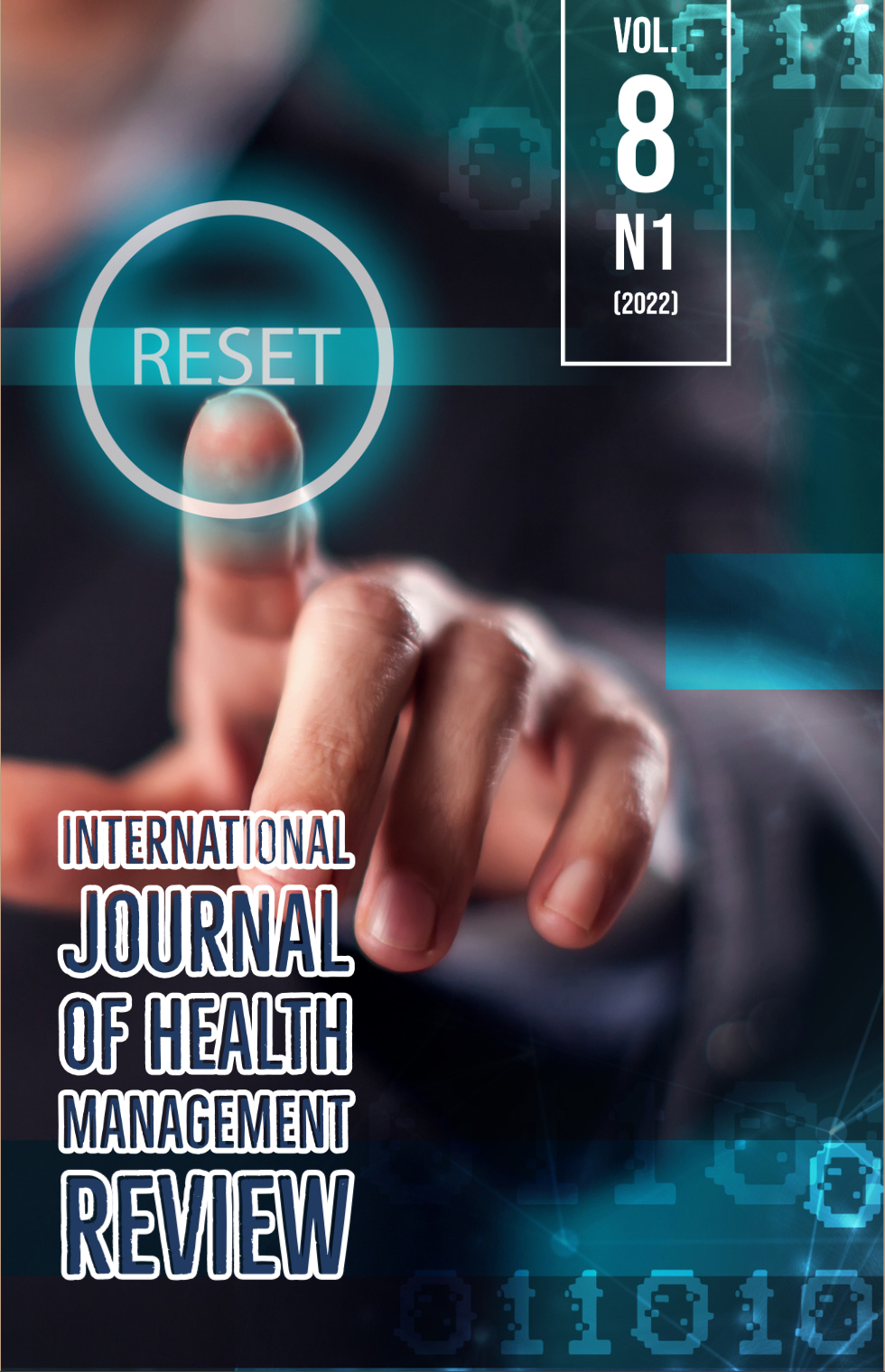Tratamento da doença de Fuchs: revisão de ensaios clínicos
DOI:
https://doi.org/10.37497/ijhmreview.v8i1.306Palavras-chave:
Distrofia Corneana Endotelial de Fuchs, Membrana de Descemet, TratamentoResumo
Introdução: A distrofia corneana endotelial de Fuchs (FECD) é uma doença geneticamente heterogênea, acompanhada de dano irreparável ao endotélio corneano. A FECD é caracterizada por um espessamento da membrana de Descemet, com perda acelerada de células endoteliais inicialmente no centro da córnea e, posteriormente, em sua periferia. O defeito em mosaico do endotélio da córnea faz com que as células respondam com proliferação e migração, resultando em anormalidades no tamanho uniforme (polimegatismo) e variações na forma hexagonal (pleomorfismo). A mais recente Classificação Internacional de Distrofias da Córnea categoriza a FECD em dois tipos: 1 - FECD de início precoce (a mais rara); e 2 - FECD de início tardio (a mais comum).
Objetivo: Realizar uma revisão da literatura buscando sintetizar as evidências clínicas relacionadas aos tratamentos da FECD.
Método: Para a seleção dos trabalhos foi utilizada a plataforma PubMed, empregando a seguinte estratégia de busca: fuchs[title] AND dystrophy[title]. Apenas ensaios clínicos publicados nos últimos cinco anos foram considerados nesta revisão.
Resultados: Foram selecionados 11 artigos que discutiram adequadamente os tratamentos e estratégias de manejo da doença. Síntese de Evidências: O principal método de tratamento da FECD é a ceratoplastia endotelial da membrana de Descemet (DMEK), considerada o padrão-ouro para o manejo da doença. Ainda, foram apresentadas diversas ferramentas e estratégias capazes de melhorar os parâmetros relacionados ao procedimento, ou mesmo permitir a avaliação da evolução da doença.
Downloads
Publicado
Como Citar
Edição
Seção
Licença
Copyright (c) 2022 International Journal of Health Management Review

Este trabalho está licenciado sob uma licença Creative Commons Attribution-NonCommercial 4.0 International License.
Autores que publicam nesta revista concordam com os seguintes termos:
O(s) autor(es) autoriza(m) a publicação do texto na da revista;
O(s) autor(es) garantem que a contribuição é original e inédita e que não está em processo de avaliação em outra(s) revista(s);
A revista não se responsabiliza pelas opiniões, idéias e conceitos emitidos nos textos, por serem de inteira responsabilidade de seu(s) autor(es);
É reservado aos editores o direito de proceder a ajustes textuais e de adequação às normas da publicação.
Autores mantém os direitos autorais e concedem à revista o direito de primeira publicação, com o trabalho simultaneamente licenciado sob a Licença Creative Commons Attribution que permite o compartilhamento do trabalho com reconhecimento da autoria e publicação inicial nesta revista.
Autores têm autorização para assumir contratos adicionais separadamente, para distribuição não-exclusiva da versão do trabalho publicada nesta revista (ex.: publicar em repositório institucional ou como capítulo de livro), com reconhecimento de autoria e publicação inicial nesta revista.
Autores têm permissão e são estimulados a publicar e distribuir seu trabalho online (ex.: em repositórios institucionais ou na sua página pessoal) a qualquer ponto antes ou durante o processo editorial, já que isso pode gerar alterações produtivas, bem como aumentar o impacto e a citação do trabalho publicado (Veja O Efeito do Acesso Livre) em http://opcit.eprints.org/oacitation-biblio.html















